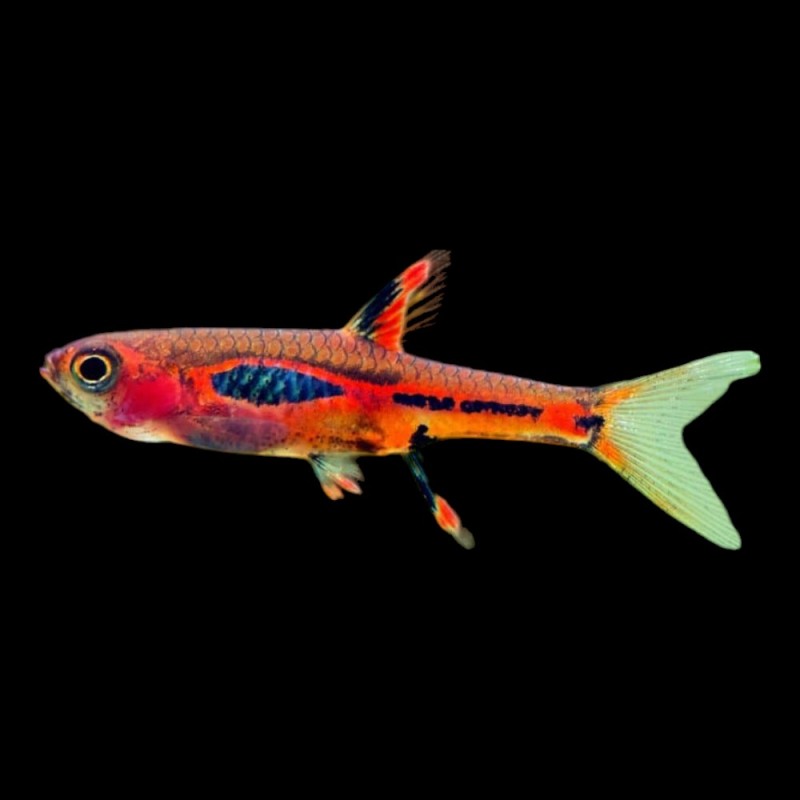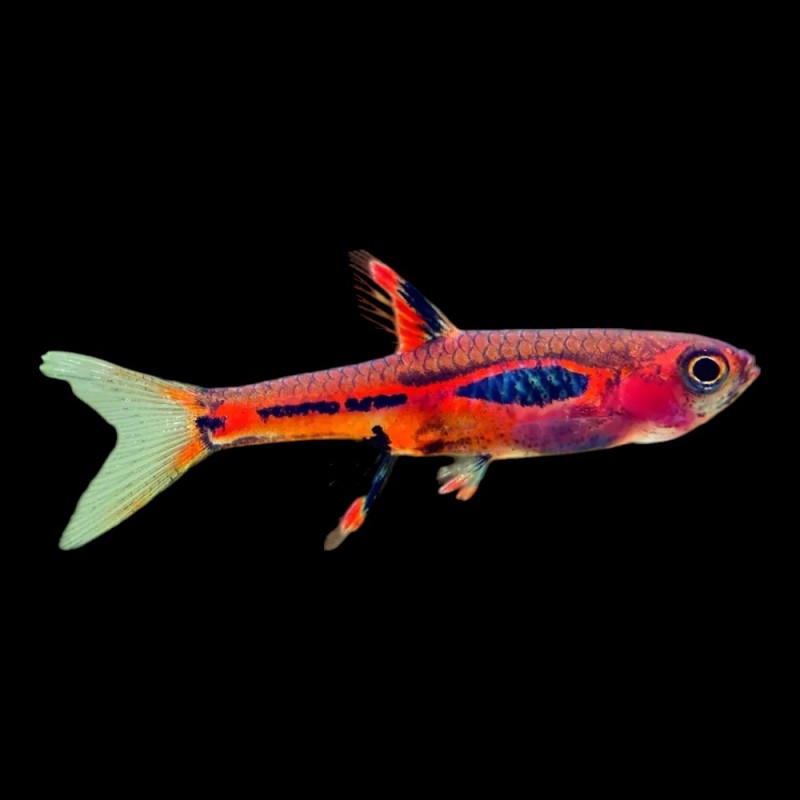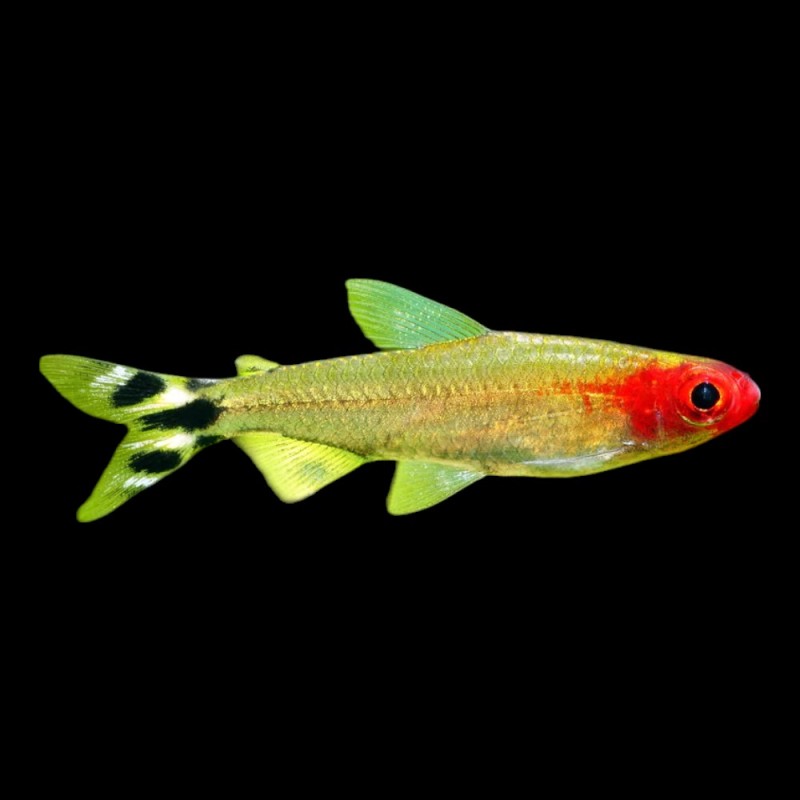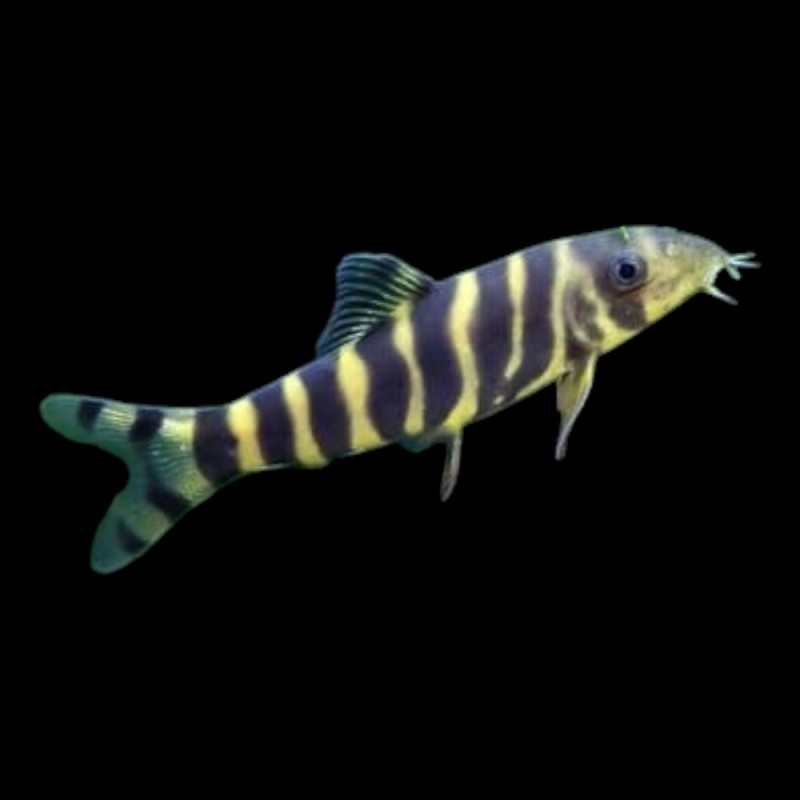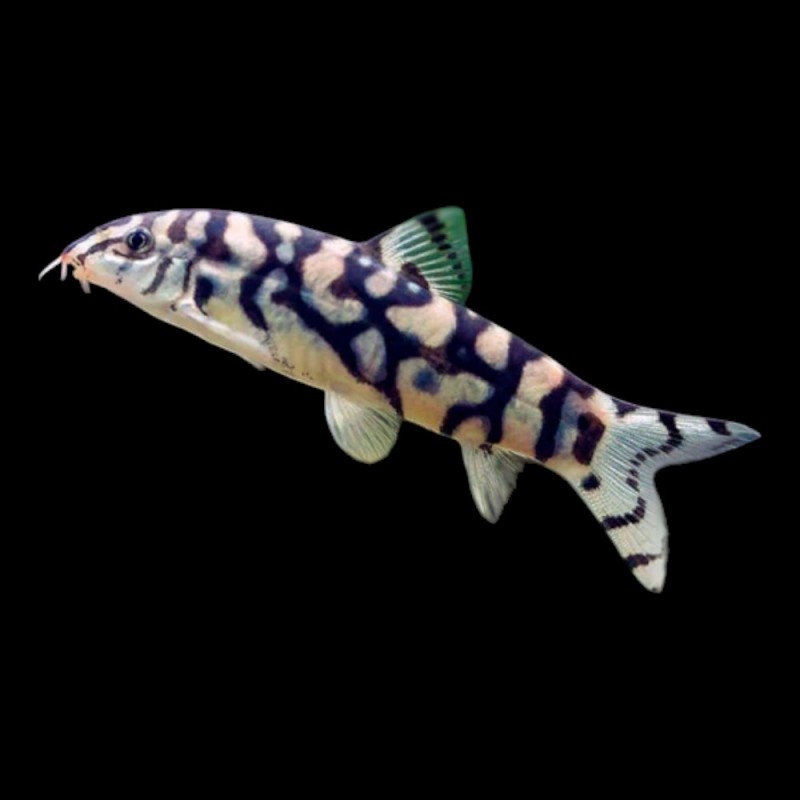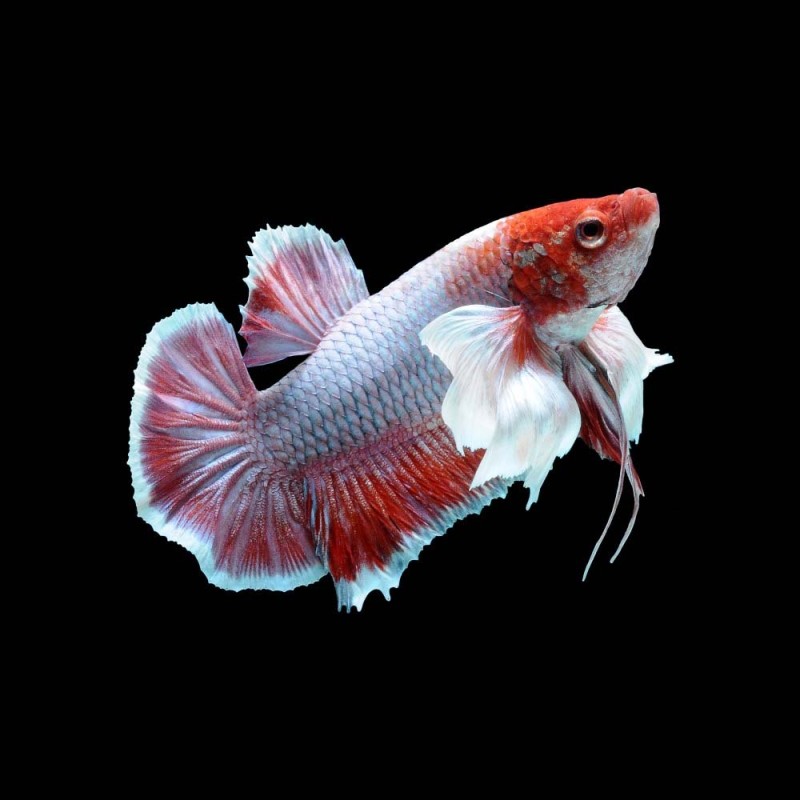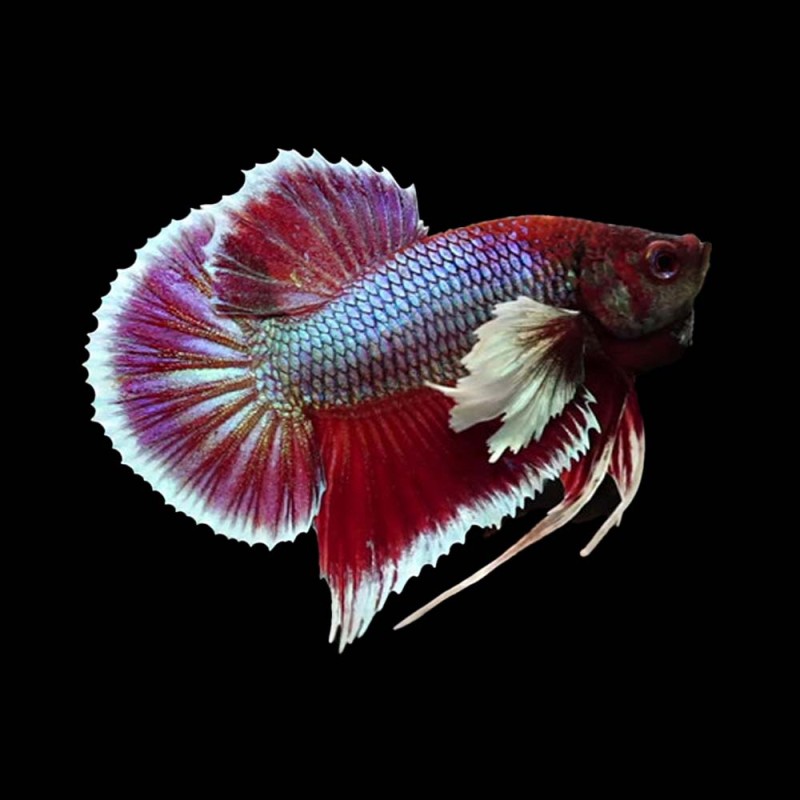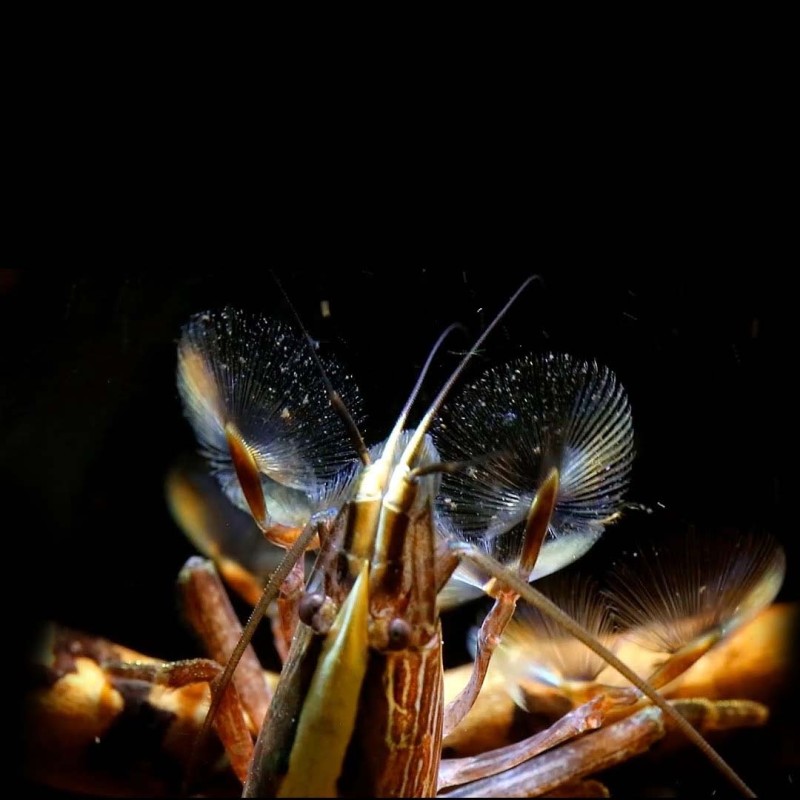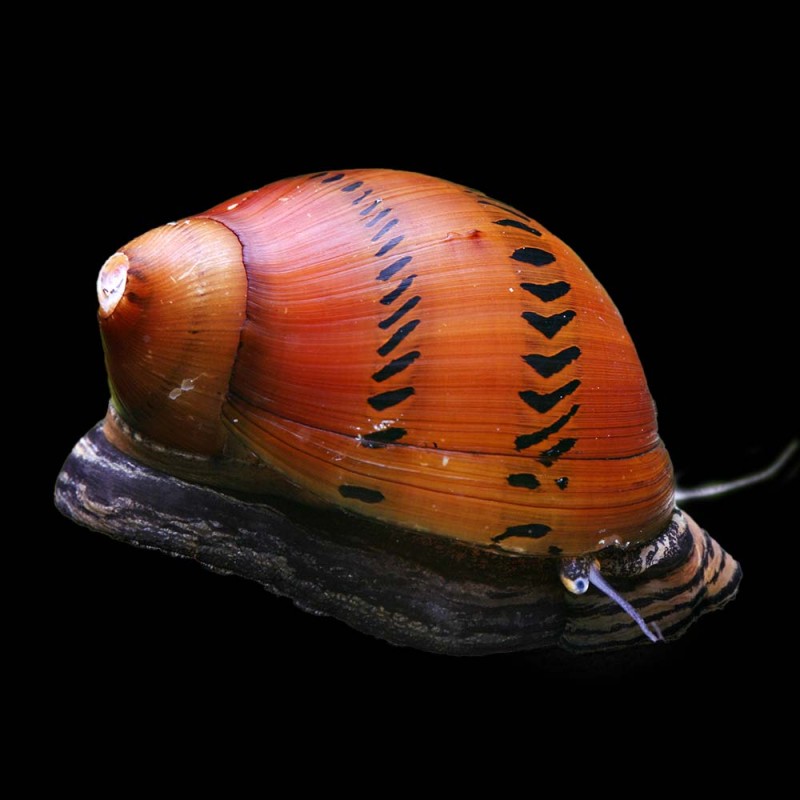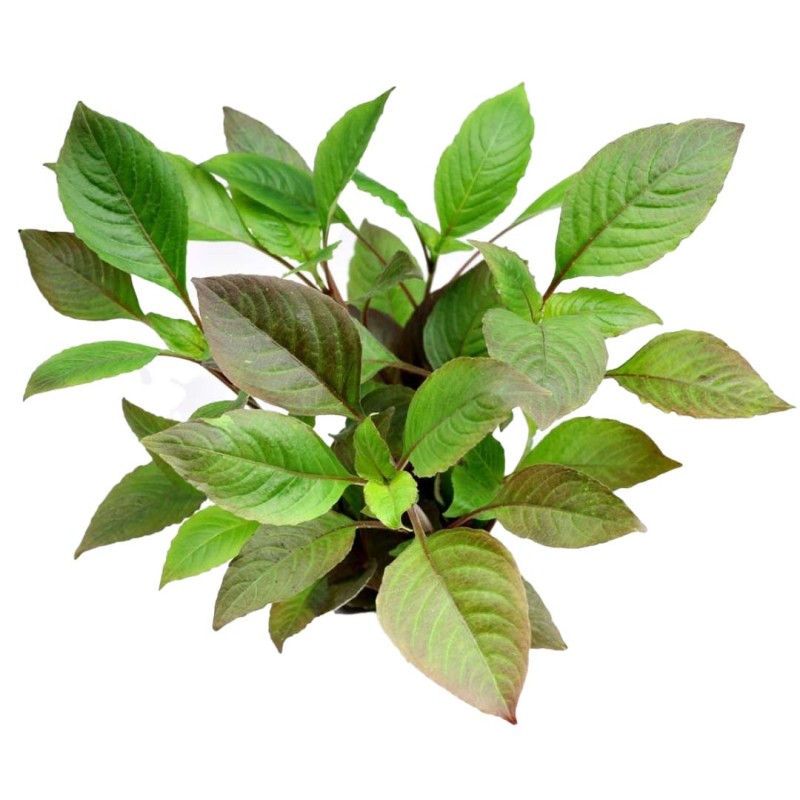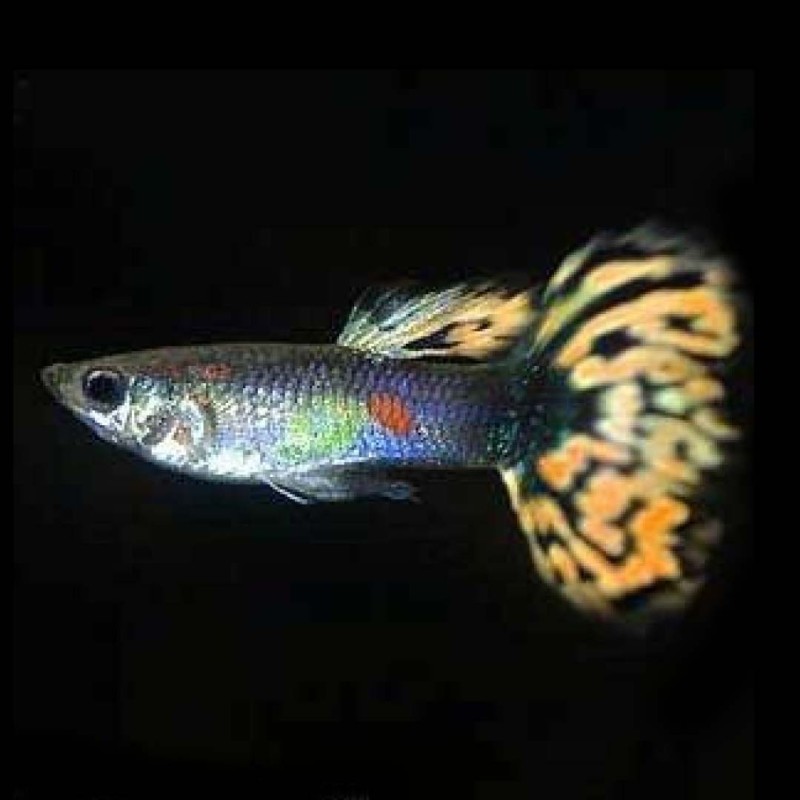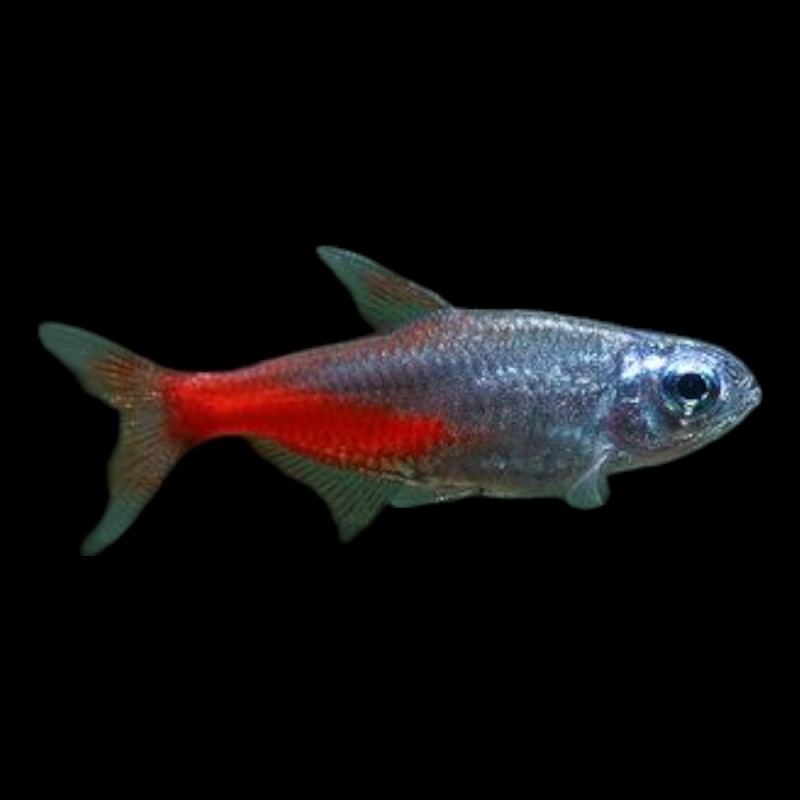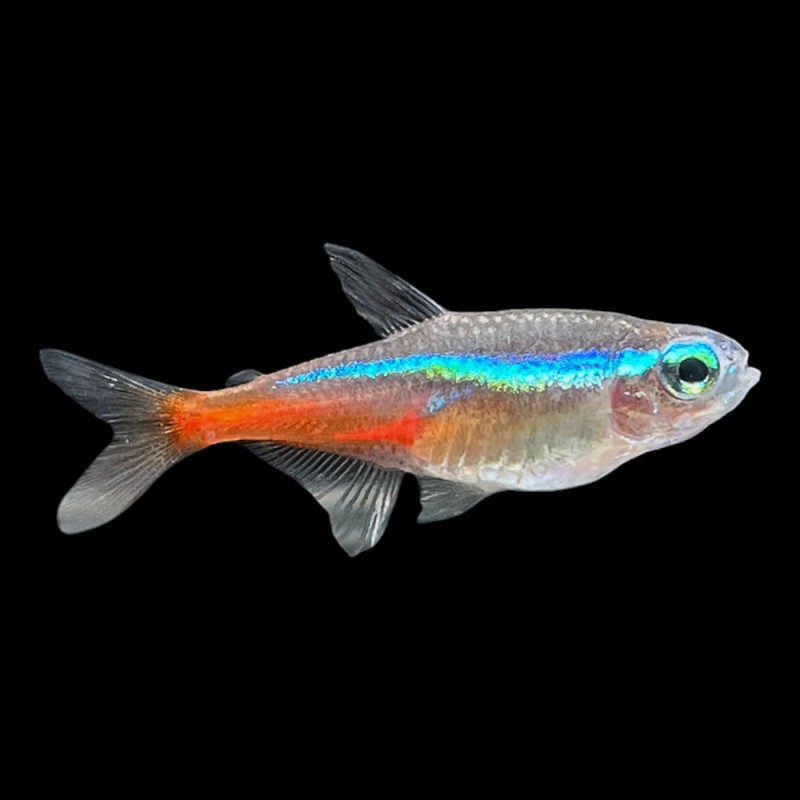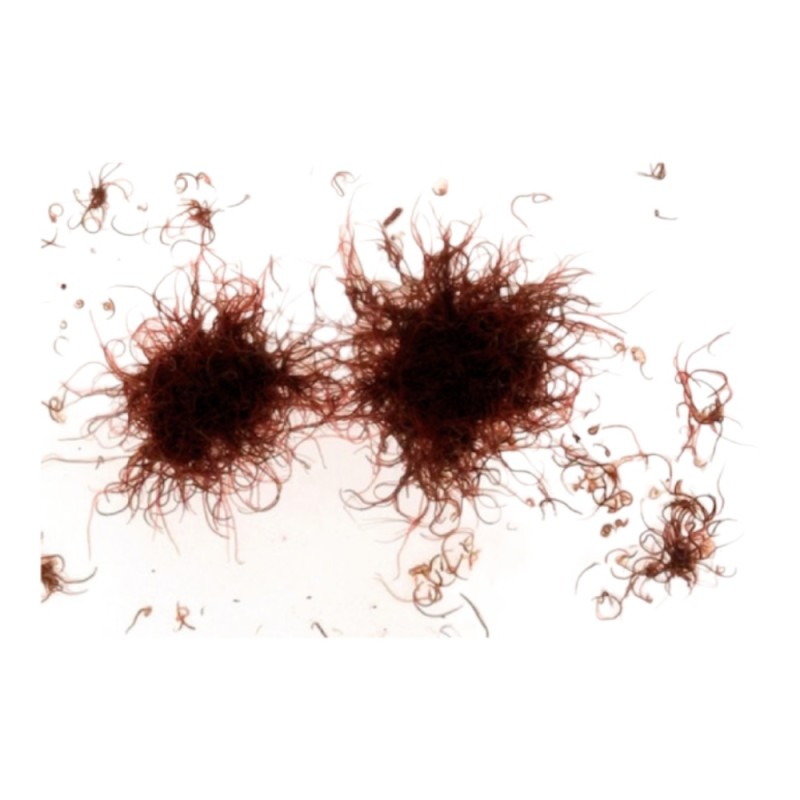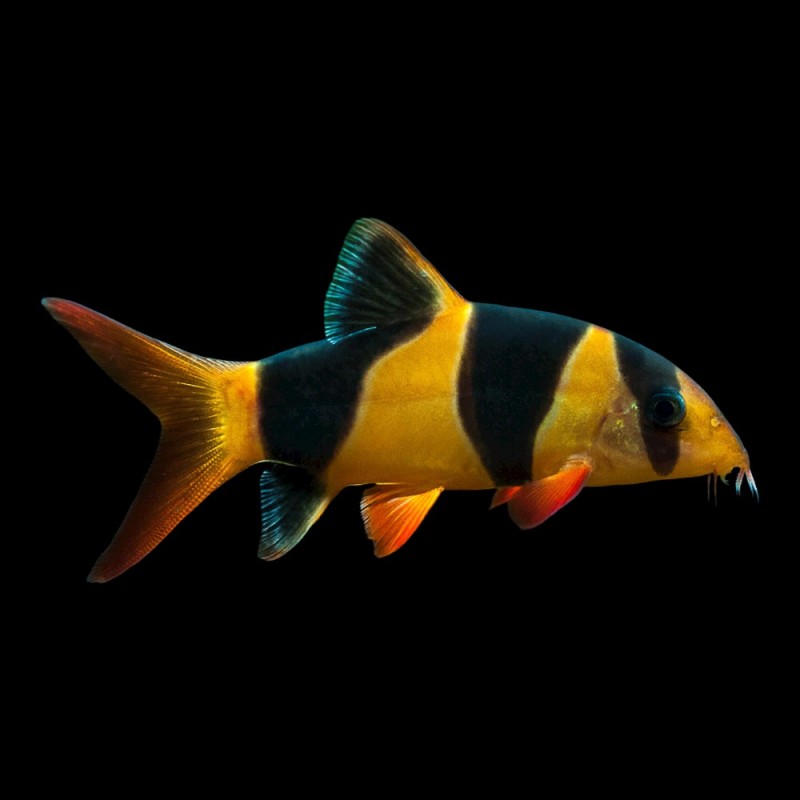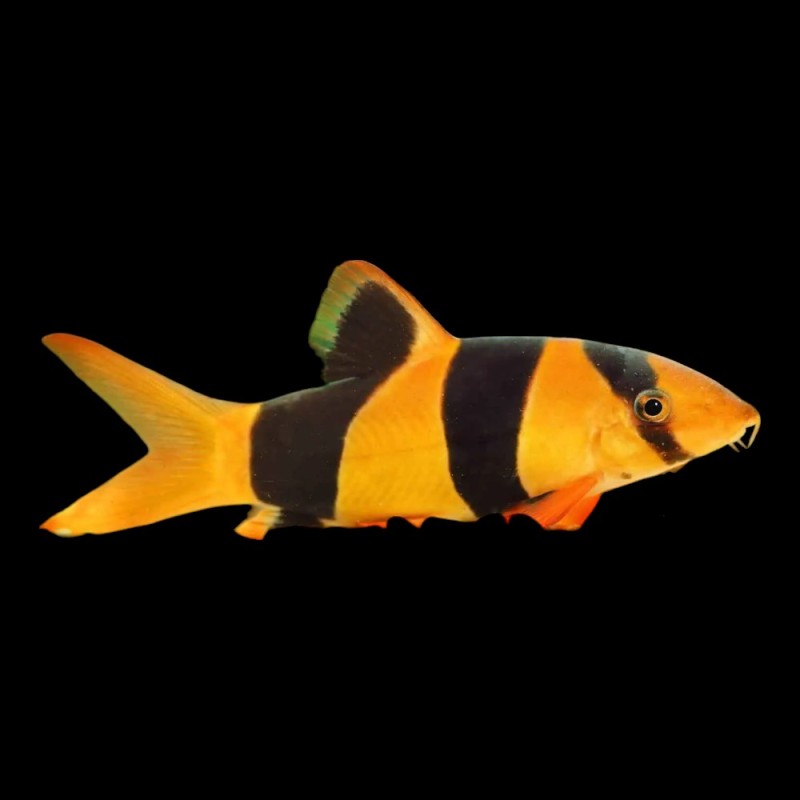
- Stock: Call To Order
- Model: -
- EAN: 8030173202026
Arrive Alive
If your fish, coral, plant, or invertebrate doesn't arrive alive and stay alive for 2 days, we'll credit your account or refund your money.
The Amano Shrimp is a very popular shrimp in the hobby. It is second in popularity to the Red Cherry Shrimp. The name Amano Shrimp originates from the well known aquarist Takashi Amano who frequently uses the shrimp in his aquariums as algae eaters. However most people do not know that the Amano Shrimp is a difficult shrimp to breed and that virtually all Amano Shrimp are caught in the wild and then sold to hobbyists. Captive breeding has been achieved but is rare.
Hobbyists sometimes begin with this species to due the ease of acquiring it. The notion that it is a superb algae eater also attracts aquarists who are into planted tanks. Unfortunately most of the hobbyists who acquire the Amano Shrimp do not know that it cannot be bred in freshwater and wonder why the pregnant females with many eggs never produce babies.
Most Amano shrimp sold at Seahorse Aquariums are captive bred and not wild caught. Most first timers keeping these shrimp think that they are solely algae eaters and can live off of the tank and require no food. You must feed this shrimp.
Breeding
The Amano Shrimp requires brackish water in order to breed successfully. The pregnant females carry many eggs, most likely due to the loss rate of the larvae after hatching. The shrimp hatches as a tiny larvae free floating in the water. It is not like other shrimp which hatch as miniature adults. The larvae are very delicate and require special care. Below is a quick run down on information required to breed this species in captivity. It is a difficult task to captive breed the Amano Shrimp. However, if you are up for the challenge then good luck. It is definitely an achievement if you are successful!
The adults are kept in an 150 litre 'breeder' tank with a sponge filter and lots of hornwort. The pH is close to neutral and the temperature around 24 degrees C. They eat 'GP Pellets' plus the occasional algae tablet -- there's should also be a lot of hair algae in the tank, more than they can keep up with.
Larvae are raised in full-strength (35 ppt) seawater that's pea-green with Tetraselmis algae. No supplemental foods are added. 24-hour lighting with gentle aeration and 21oC
In those conditions the larvae began metamorphosing into postlarvae after about 20 days. Higher temperatures seem to slow development. It takes about 6 months for a full life-cycle from hatching to egg production.
Feeding
It is recommended that the Amano Shrimp be fed like any other shrimp in the hobby. Using this species solely for the purpose of algae eating will not suffice in the long term for the shrimps health. These are rather large shrimp and require a good supply of food. They eat anything from blanched spinach, zucchini, algae wafers, shrimp pellets, fish flakes, bloodworms, and more. Feeding is best done once a day. Only feed an amount of food that the shrimp can finish within 2-3 hours maximum. It is not good to feed in excess and have food sitting for too long.
| File Name | Size | Link |
|---|---|---|
| 50 How to care for Freshwater Shrimps and Snails.pdf (Total downloads: 1041) | 227.31KiB | Download |

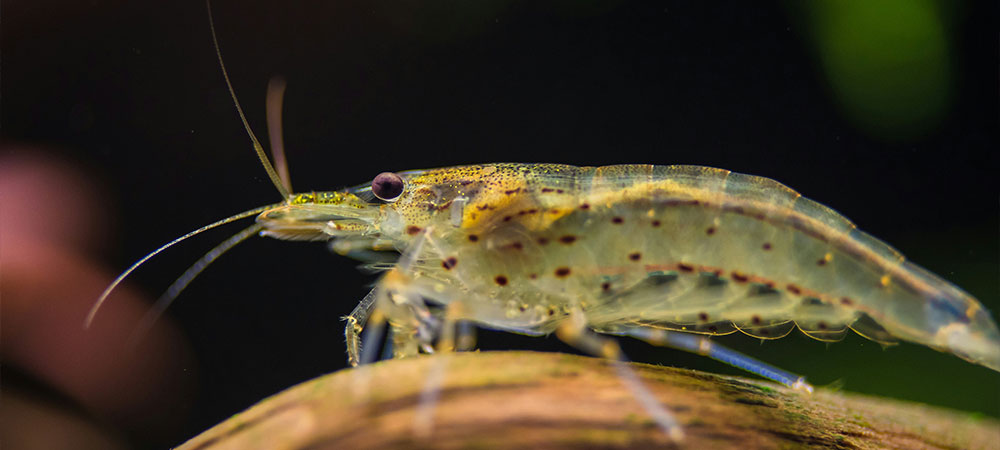


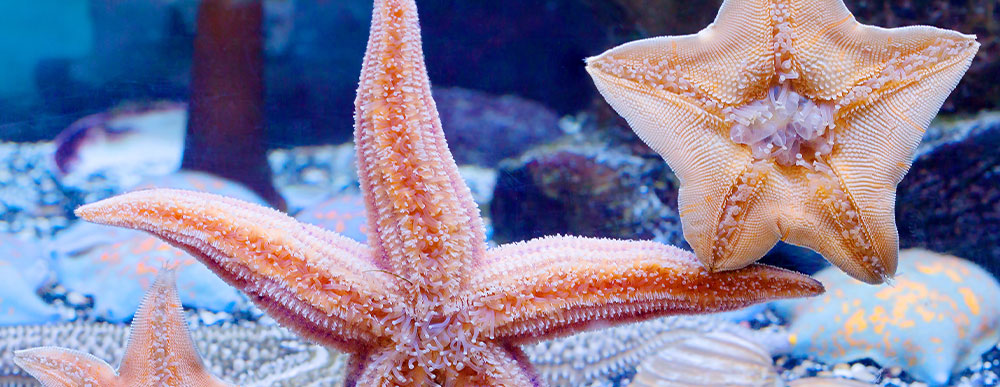
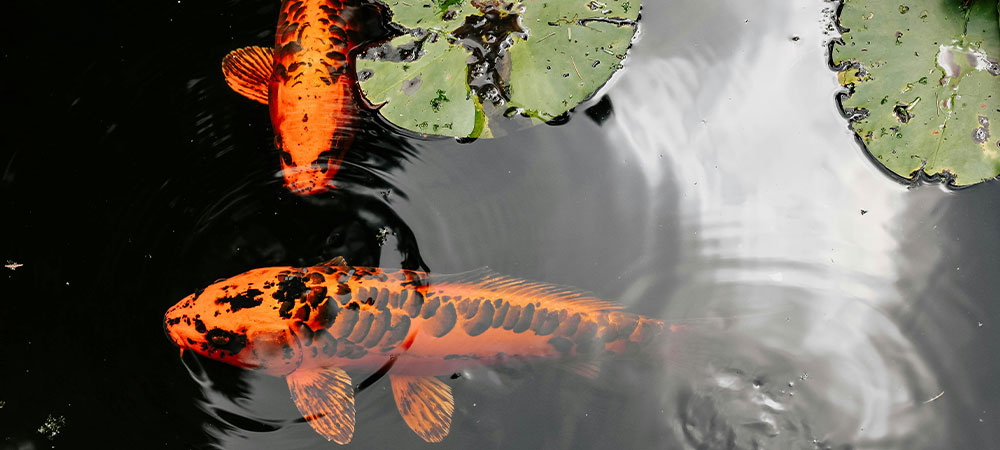

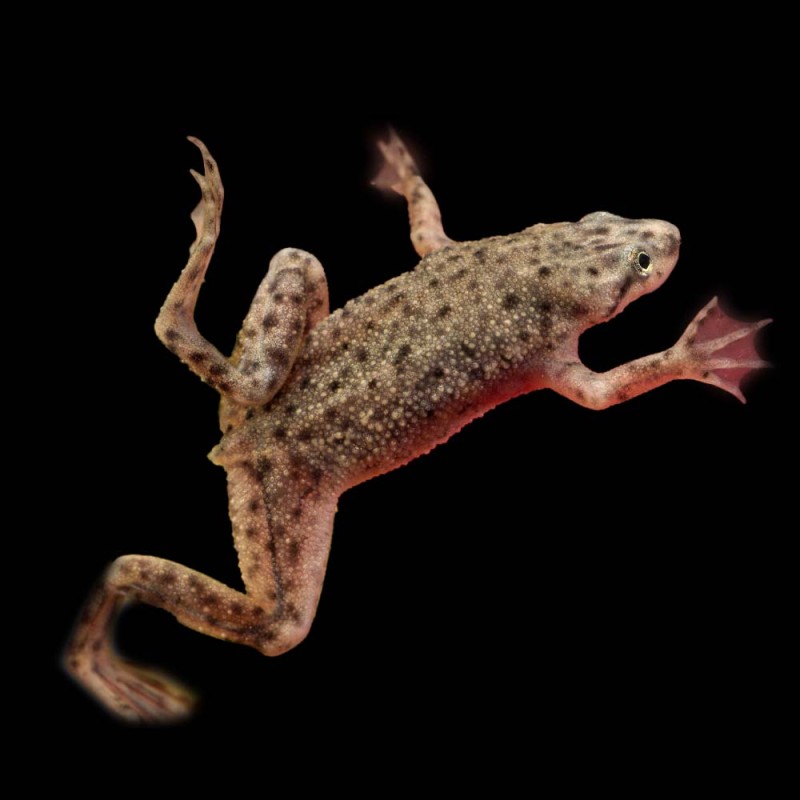

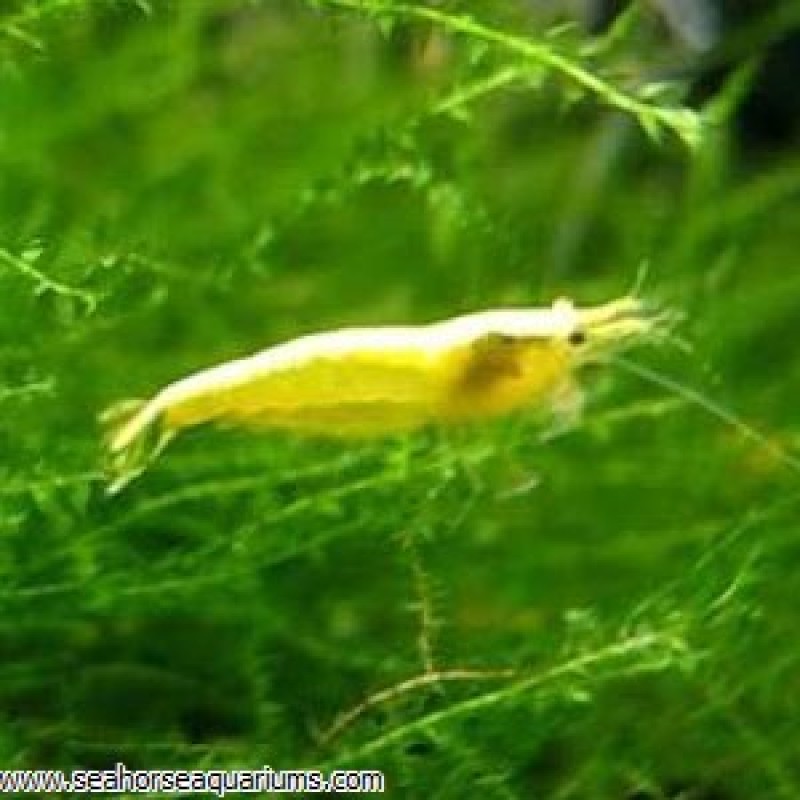



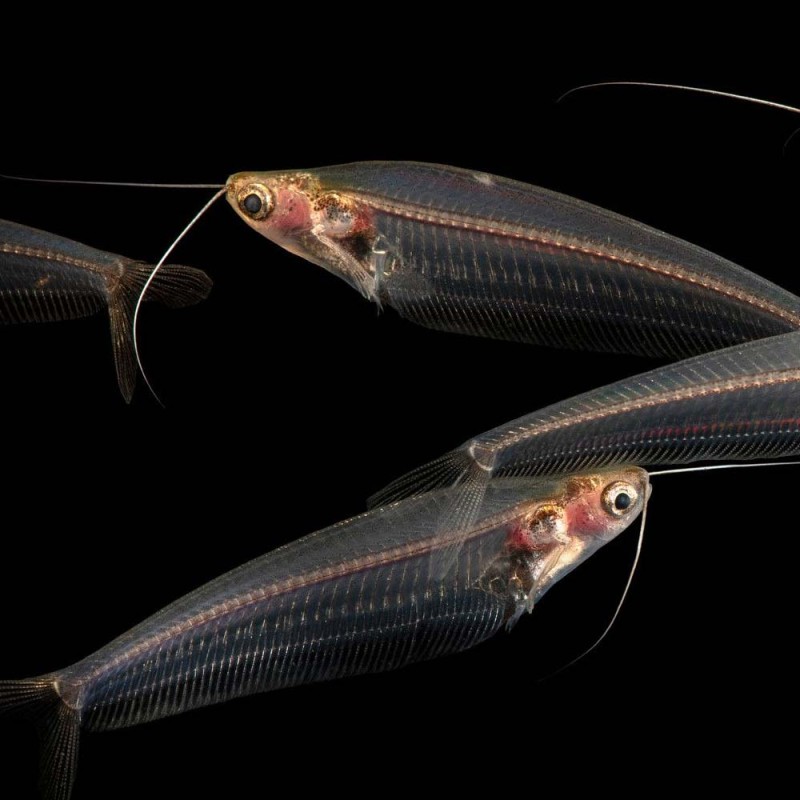


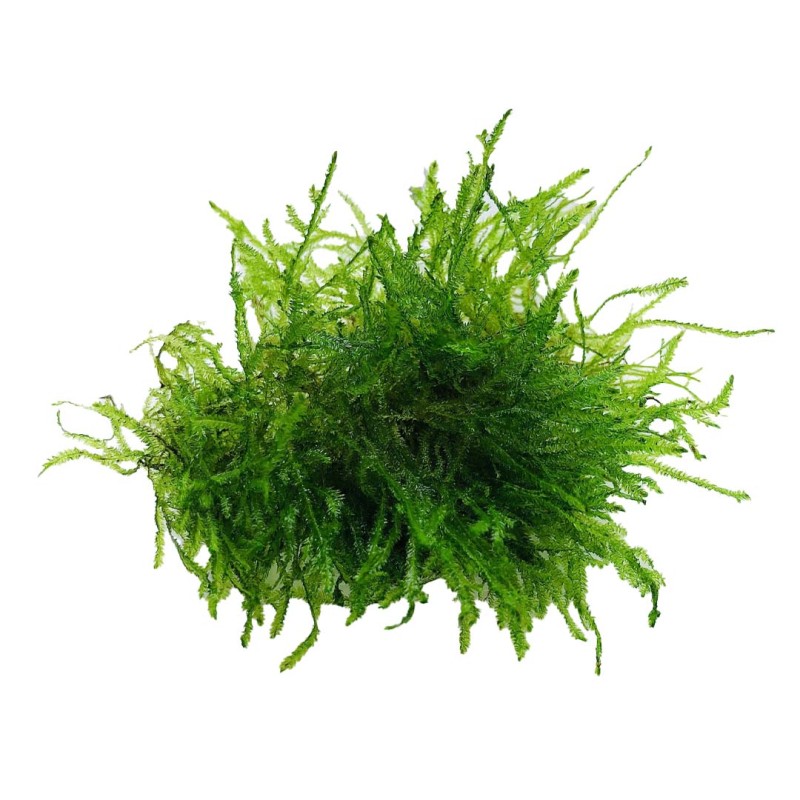
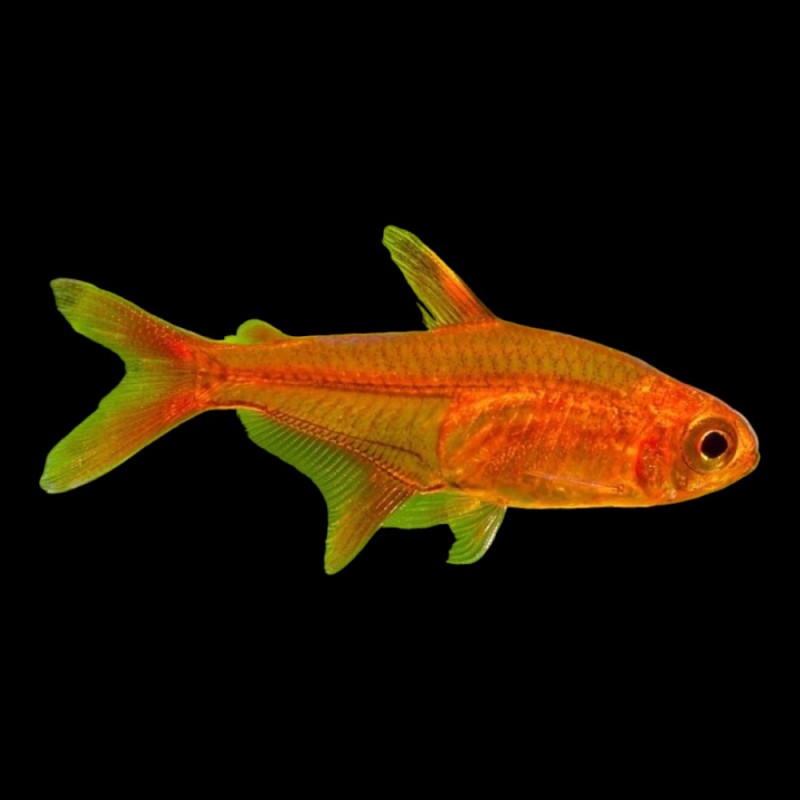

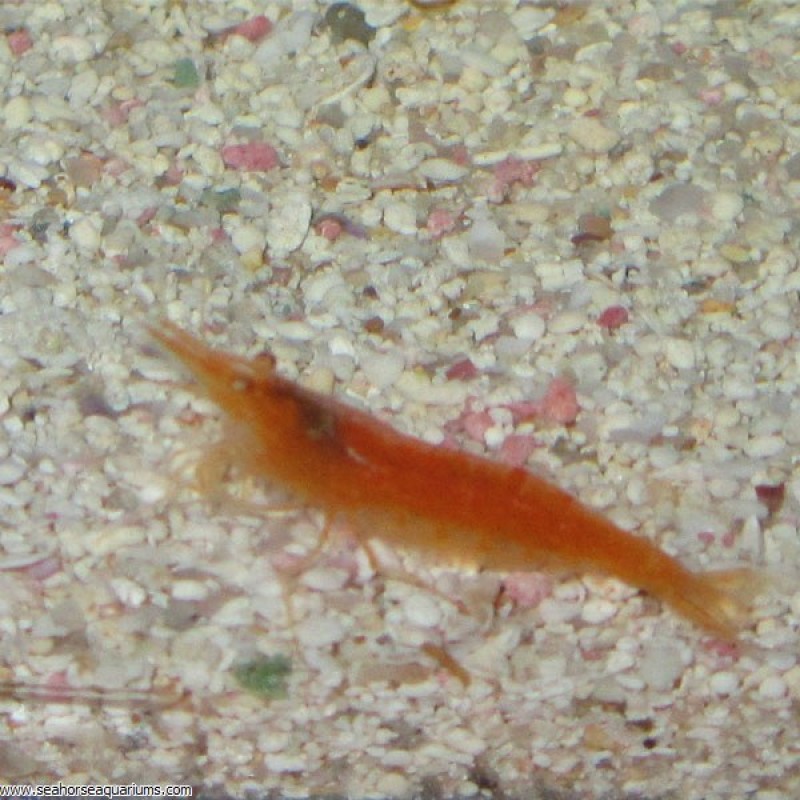
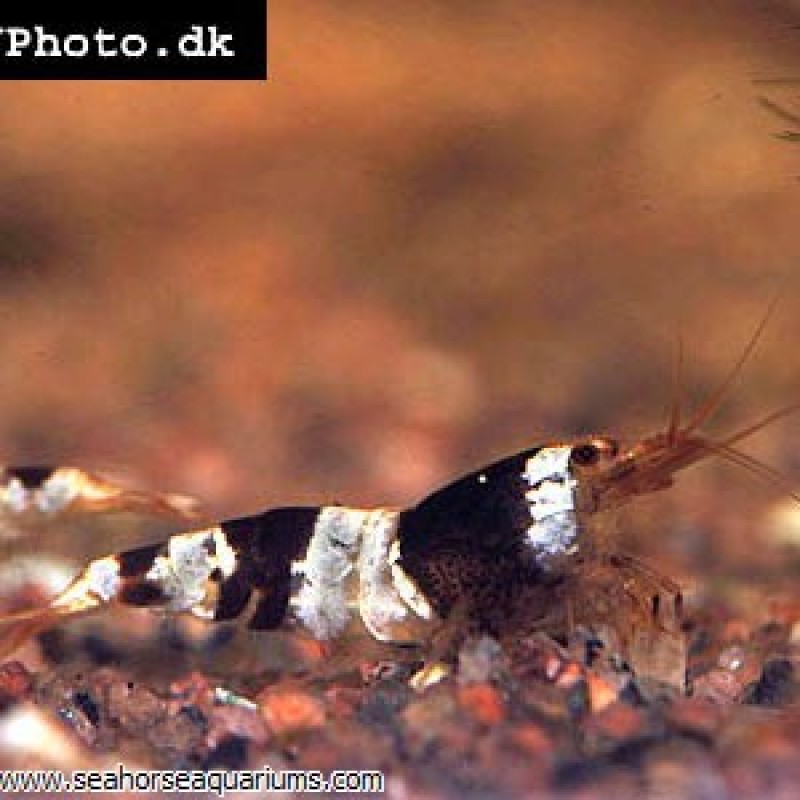









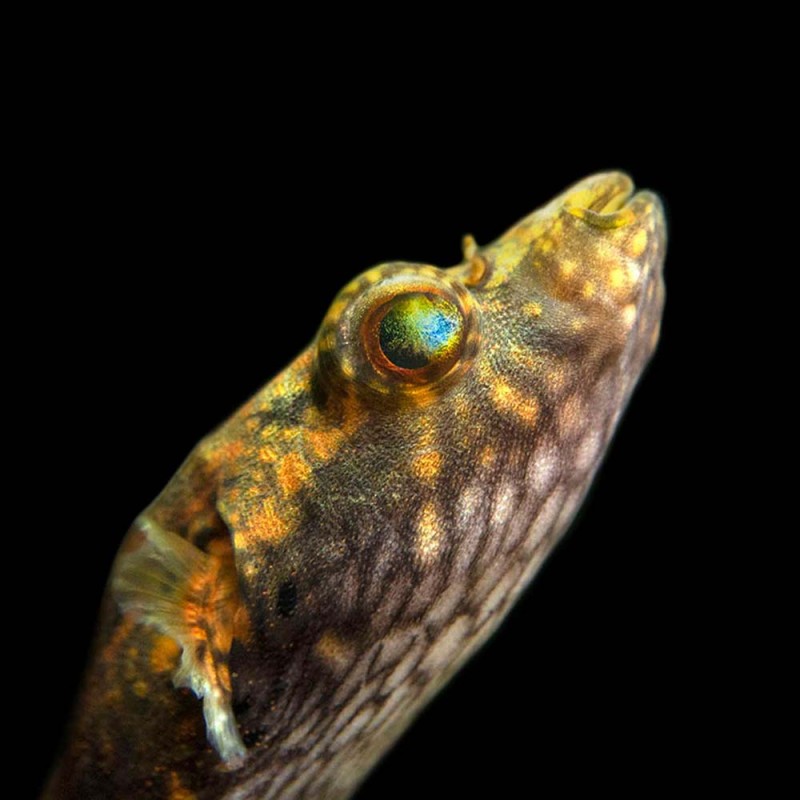

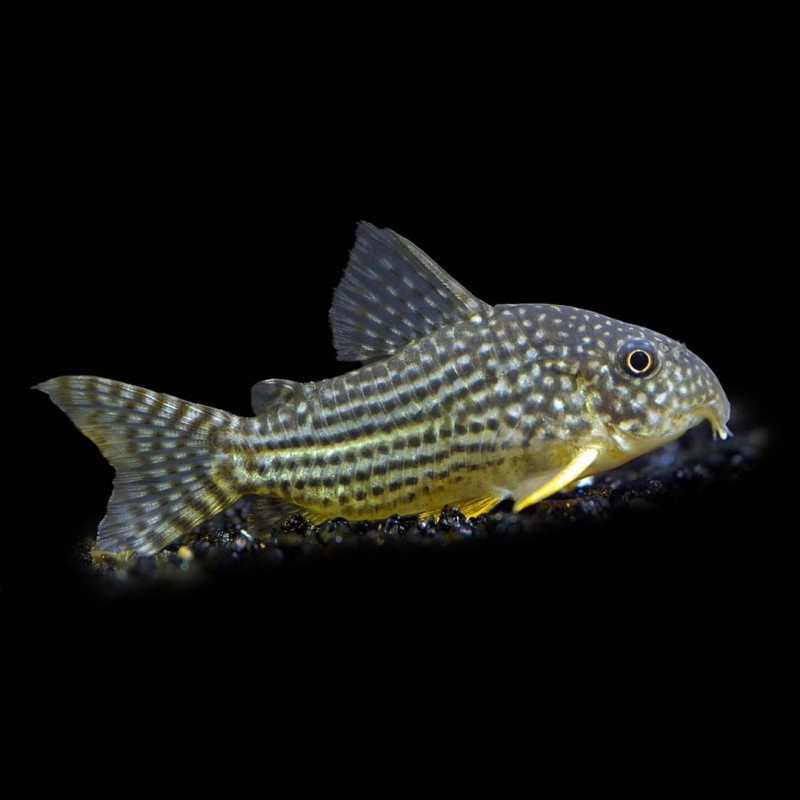
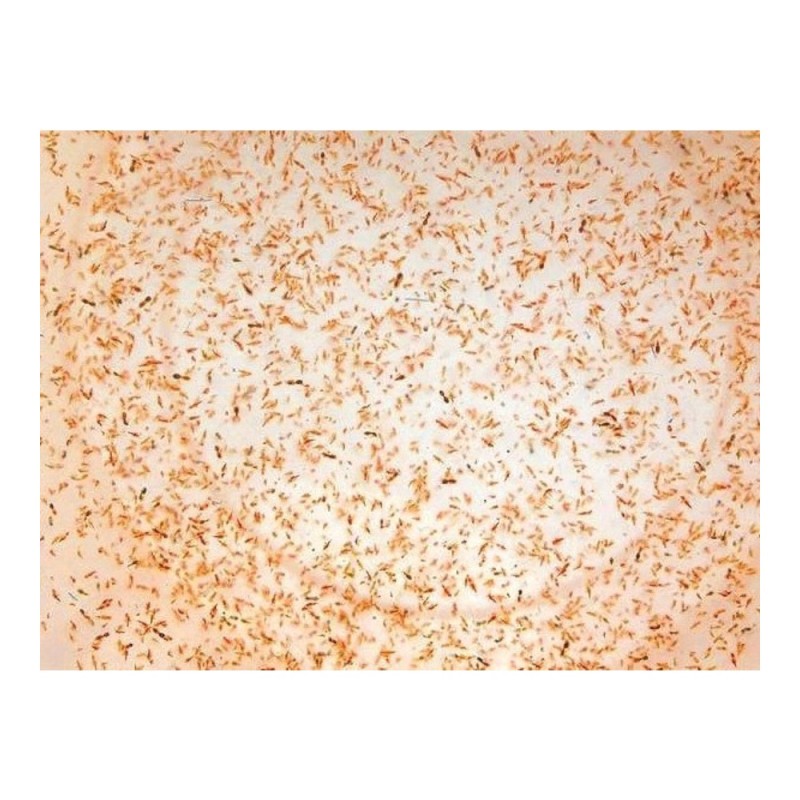
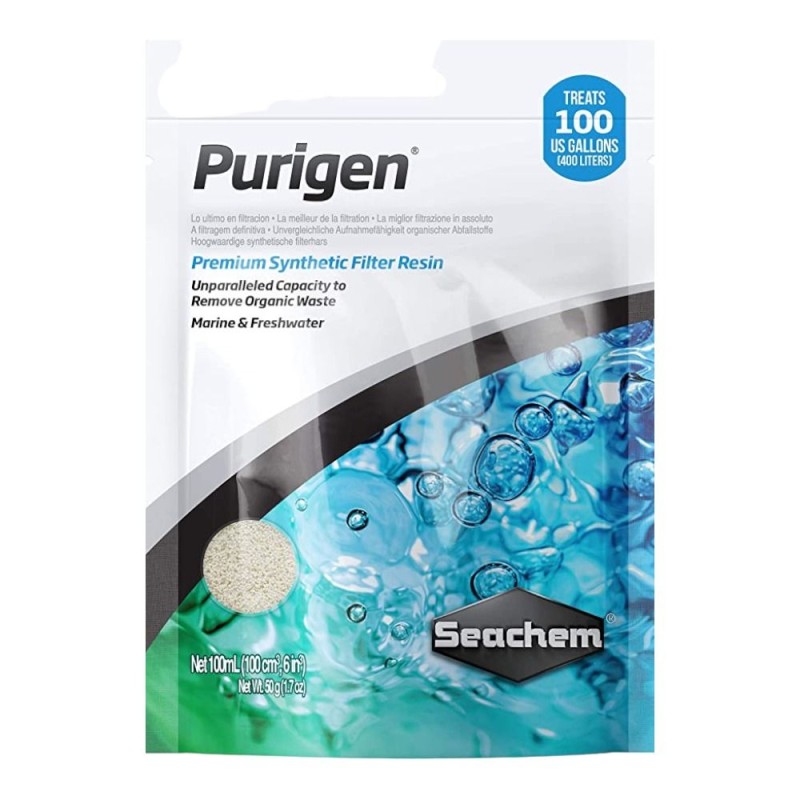


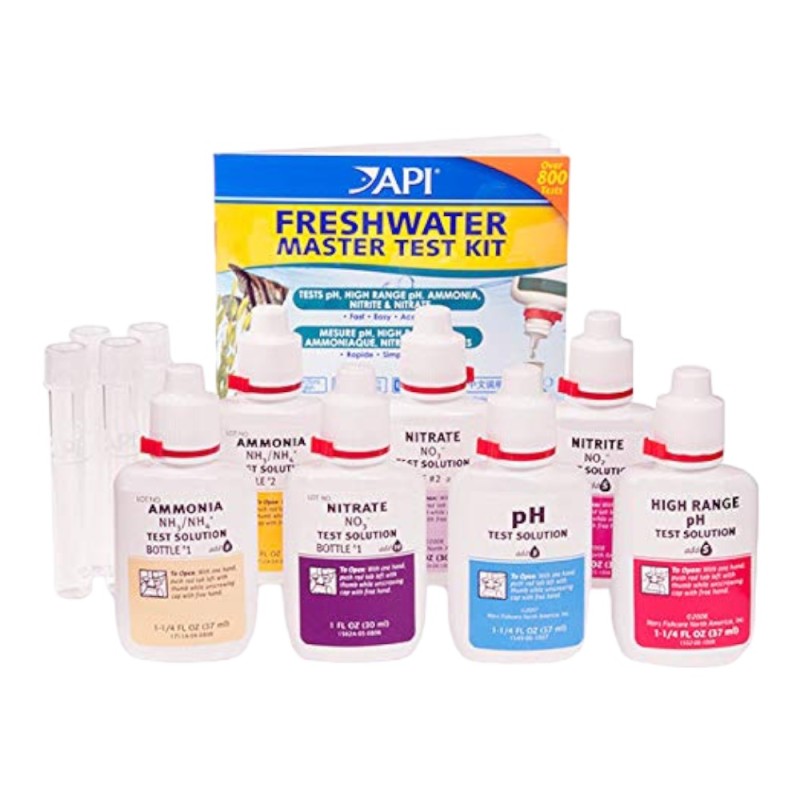



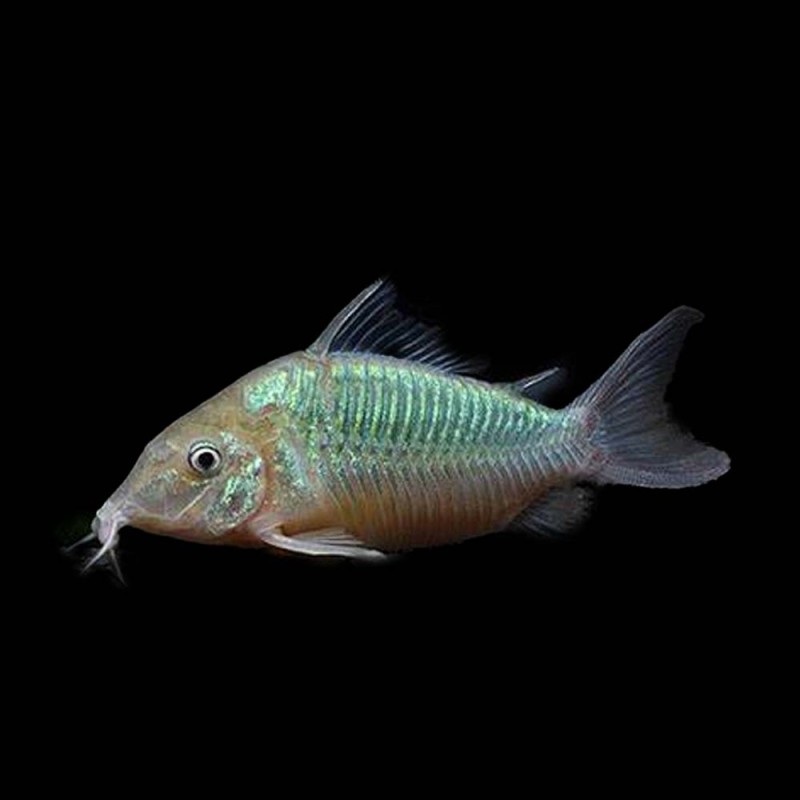


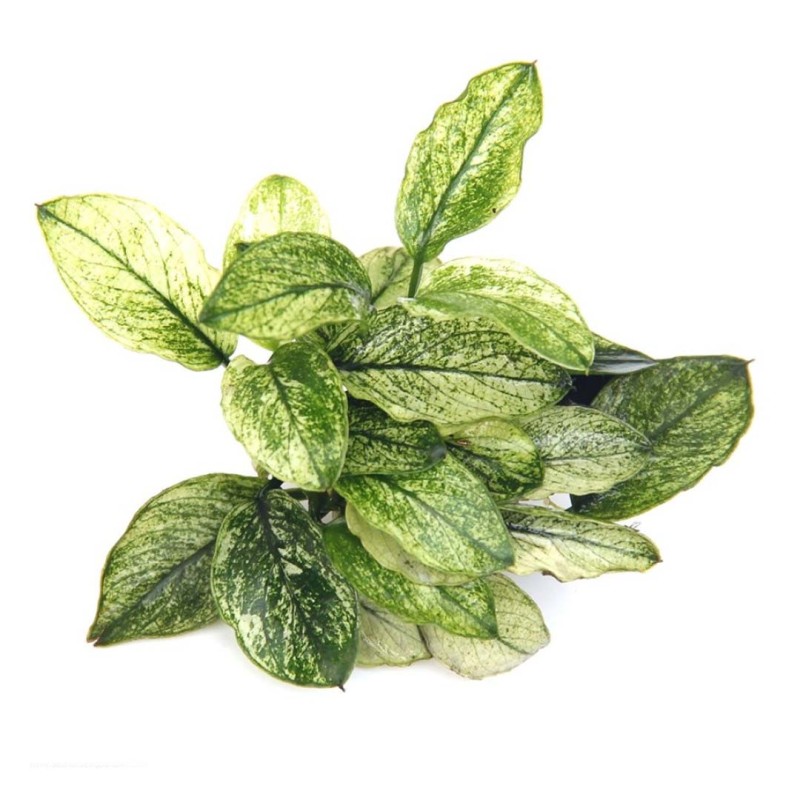
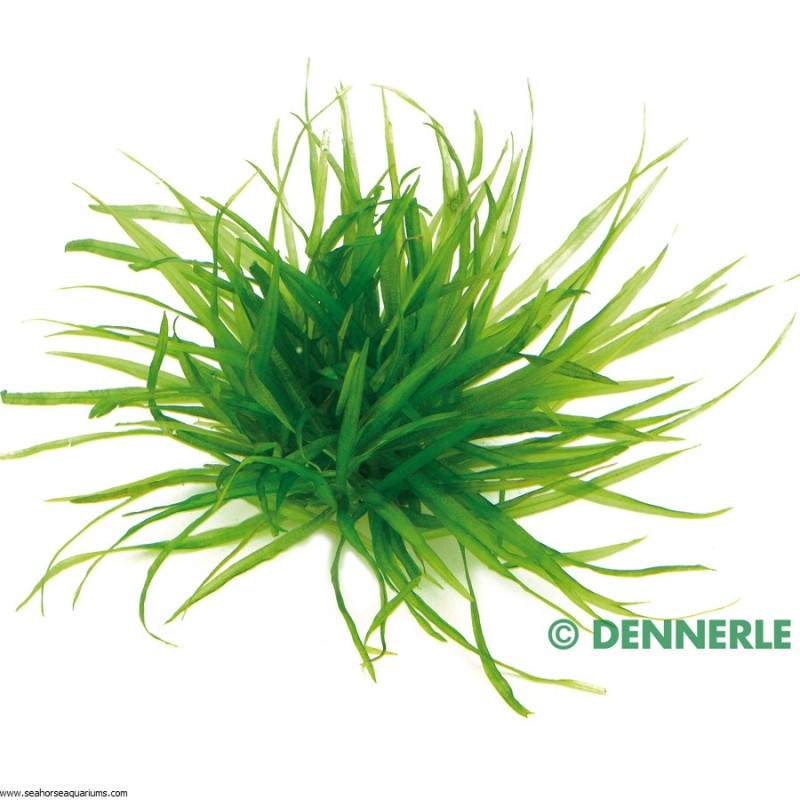

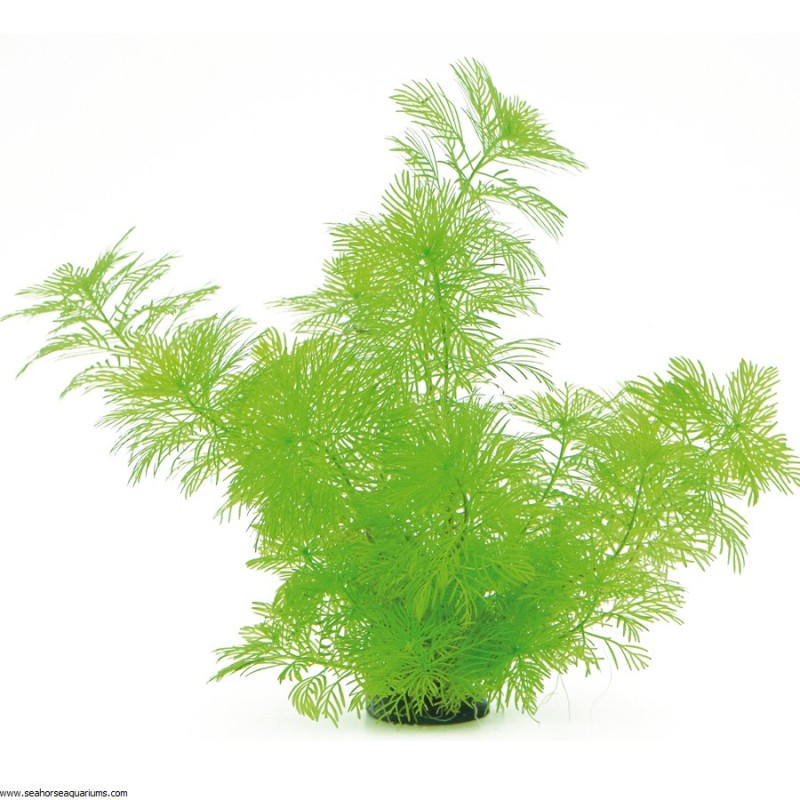

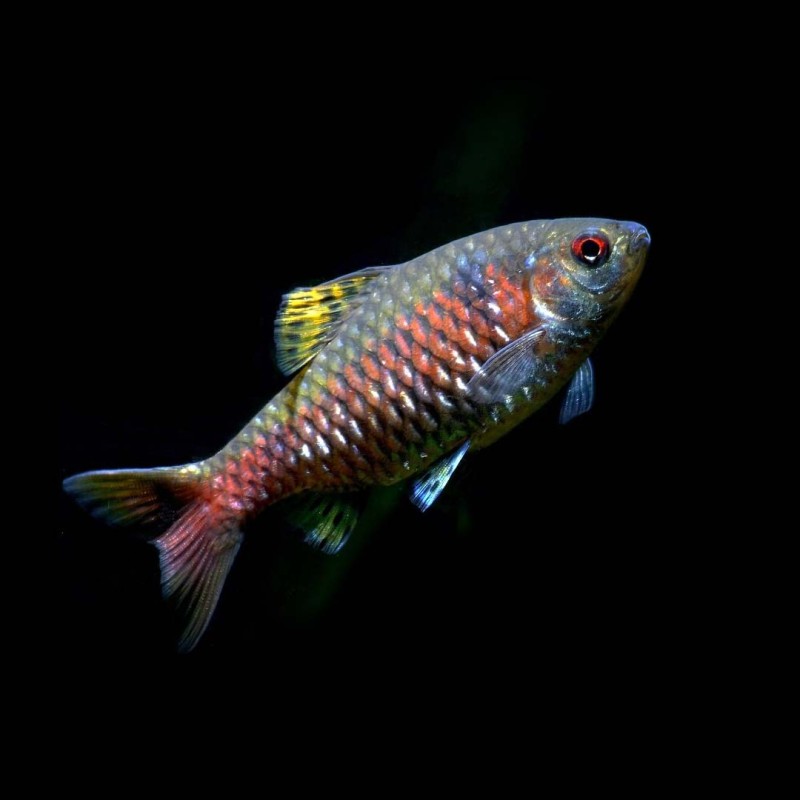

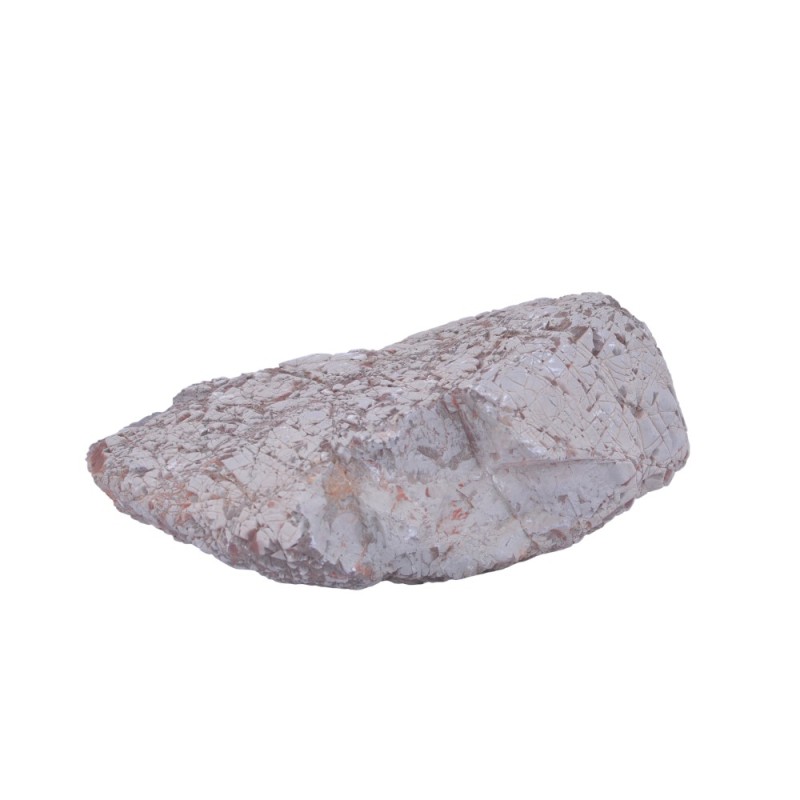





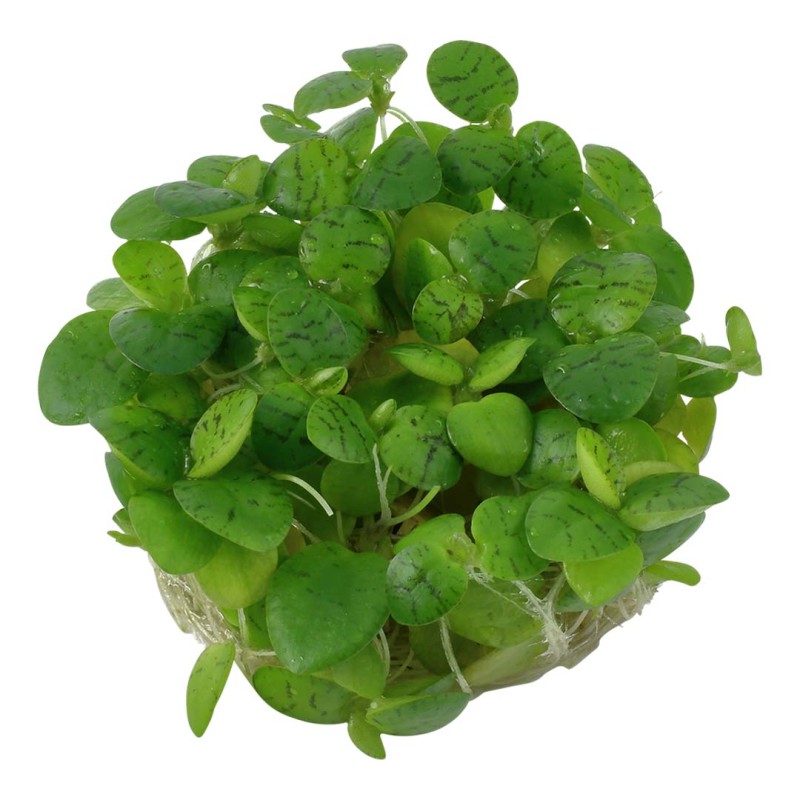



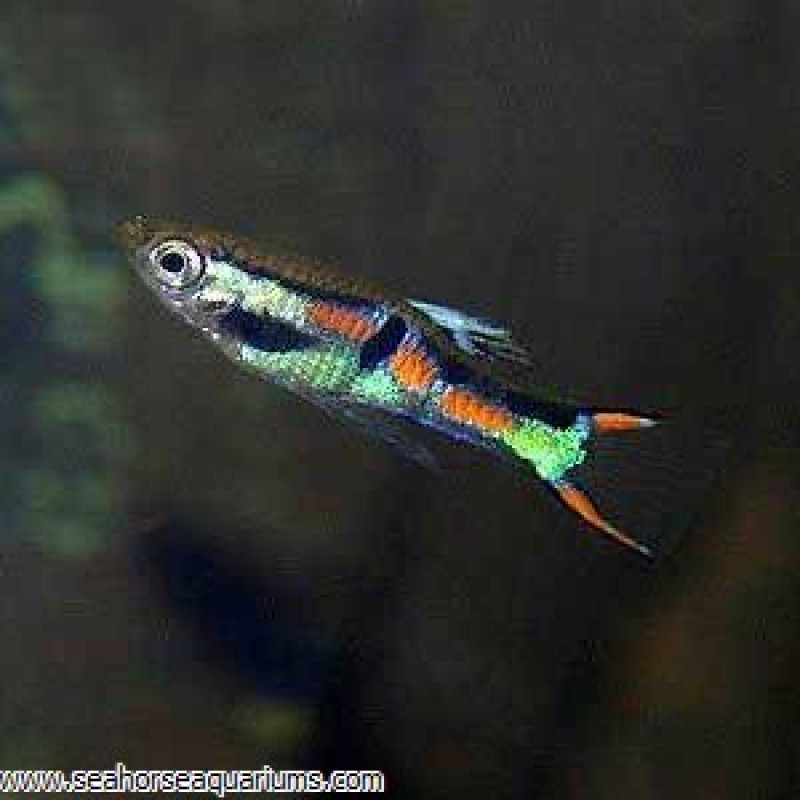

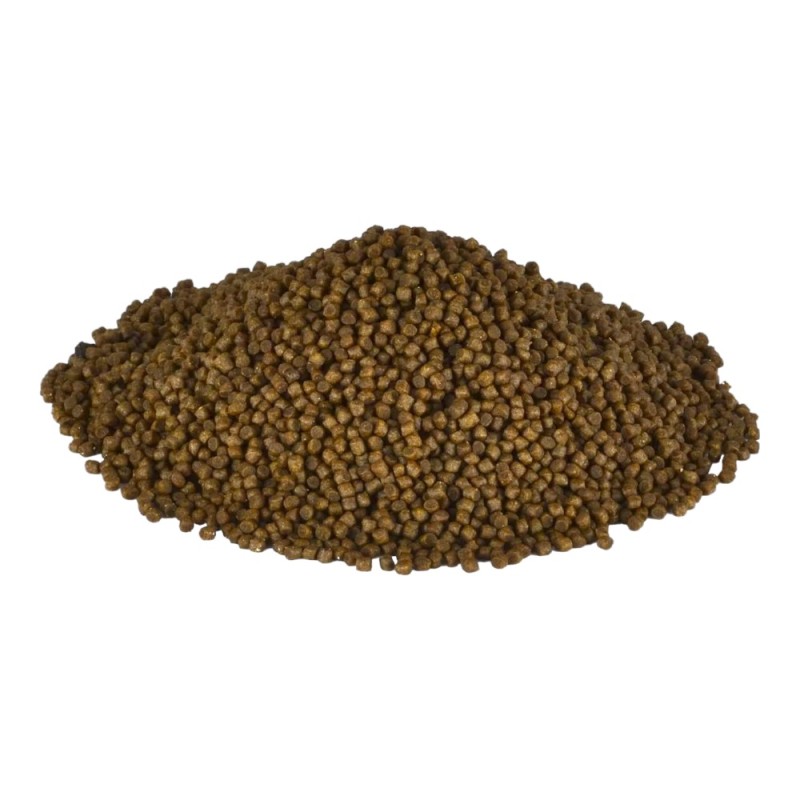
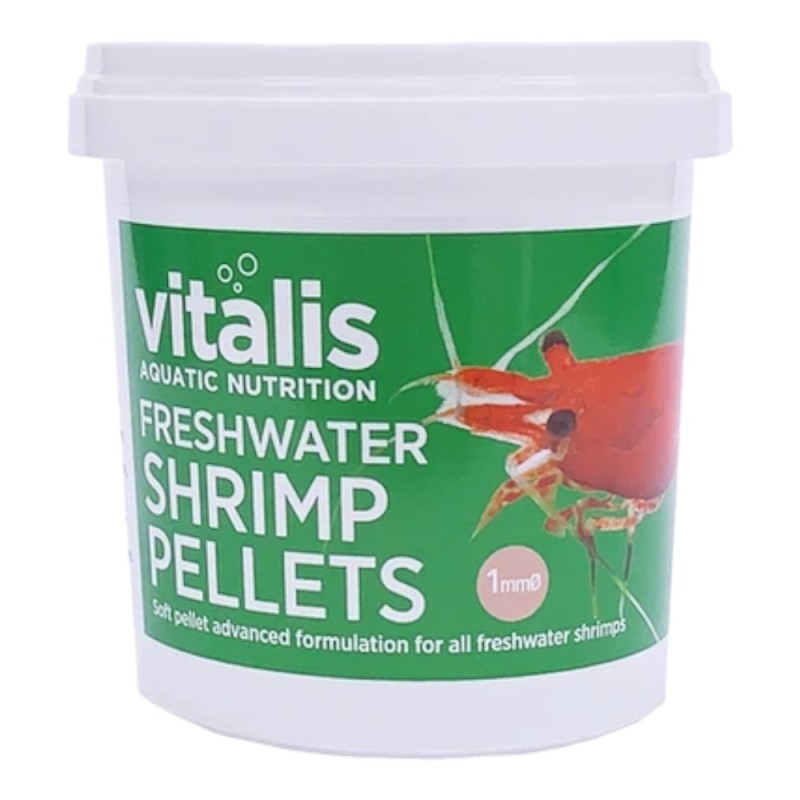
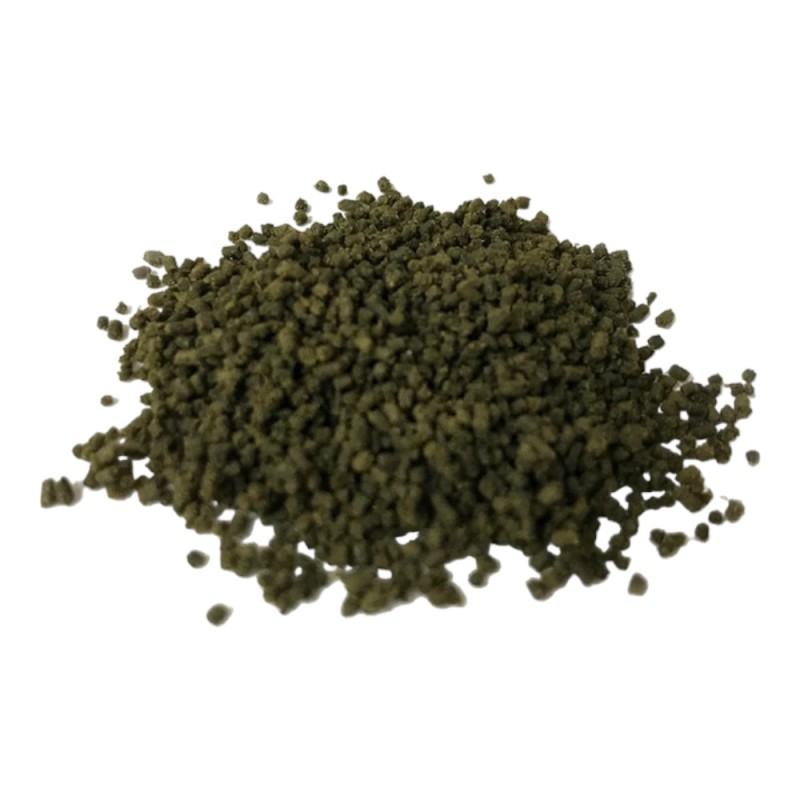





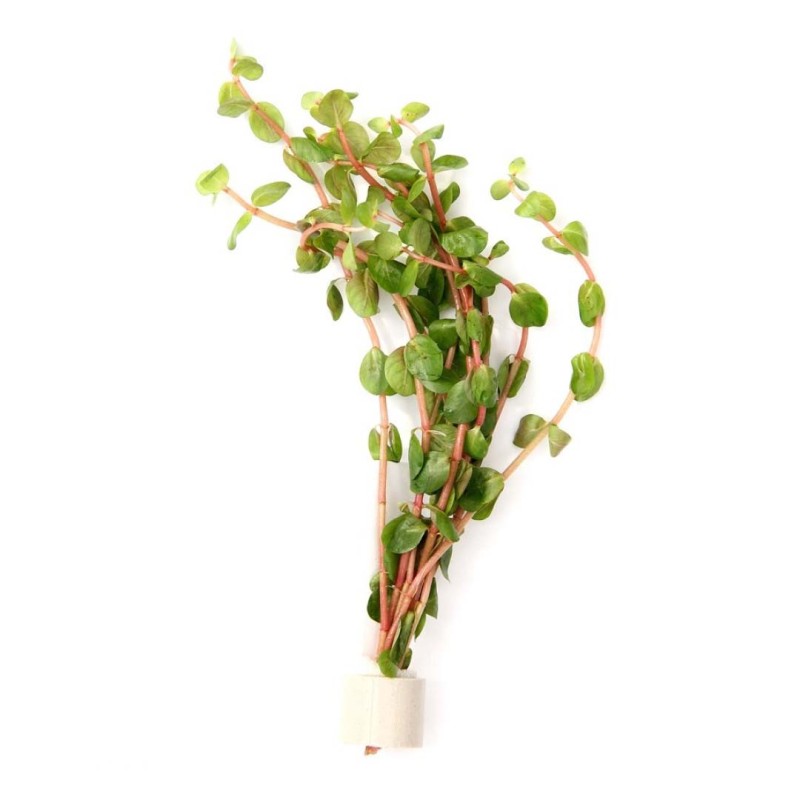


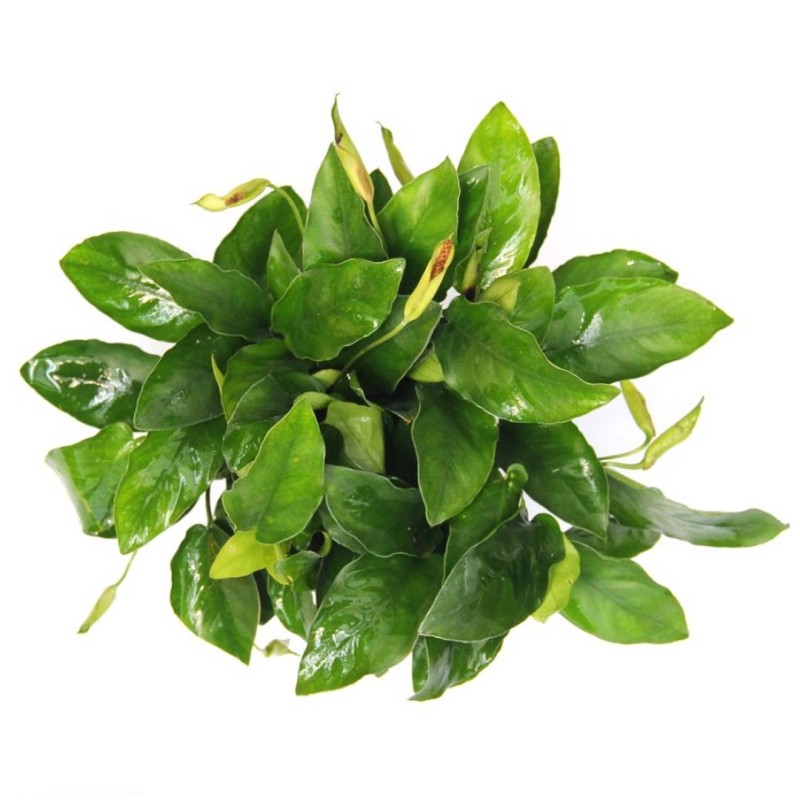





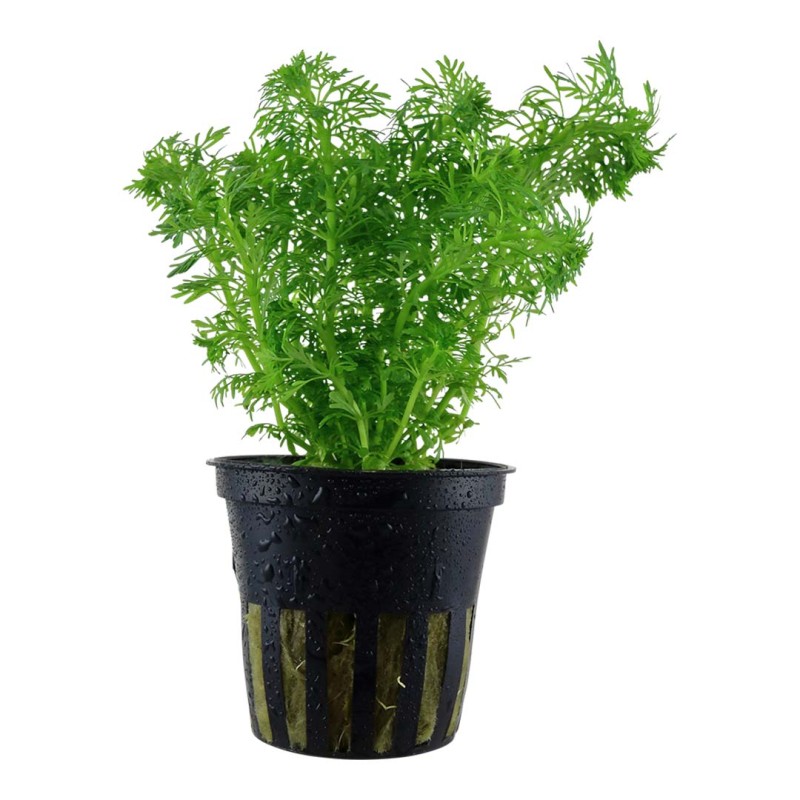
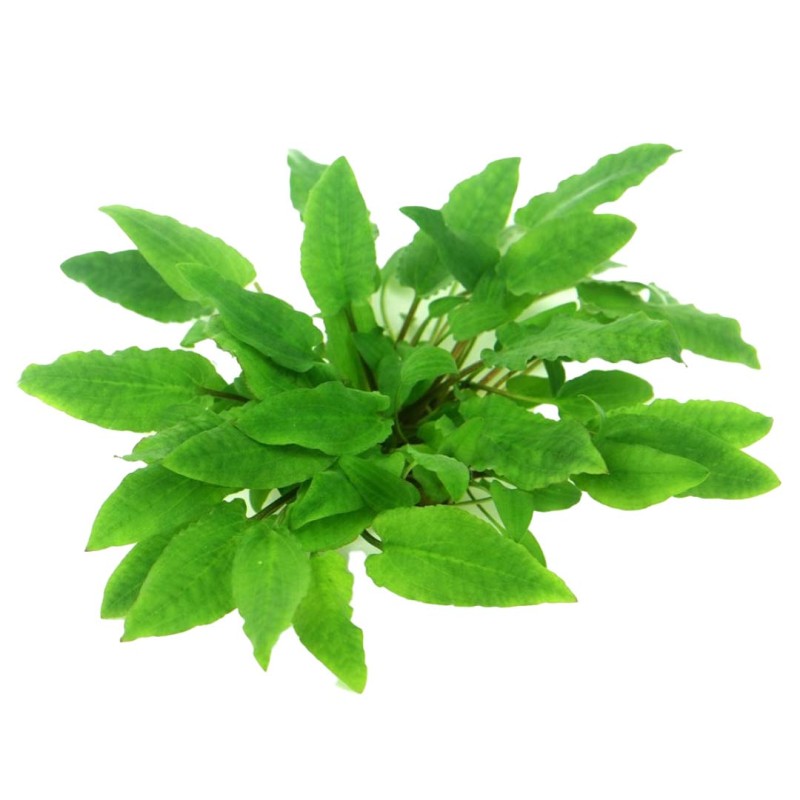



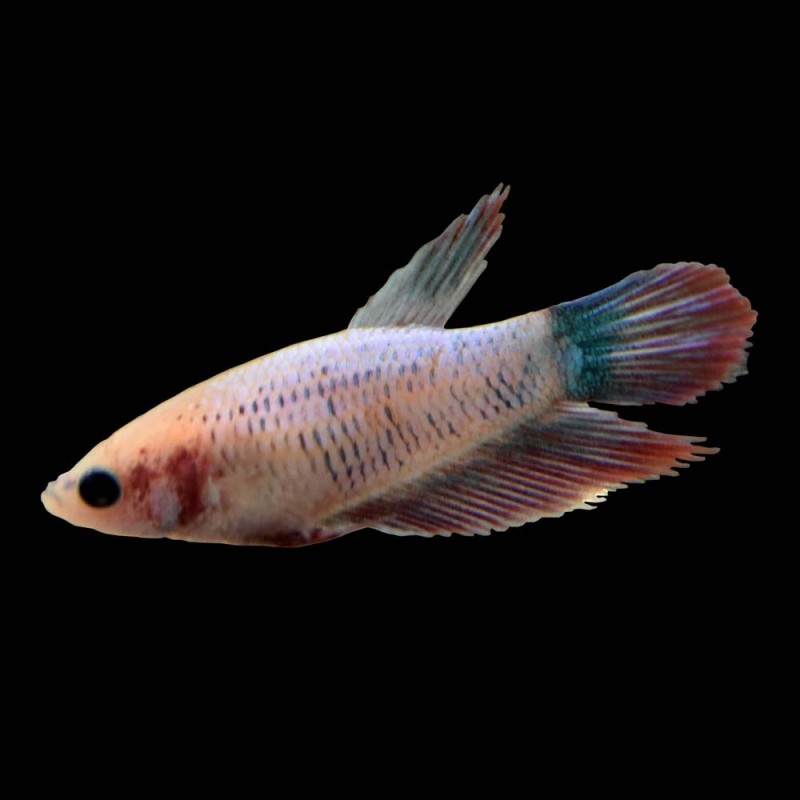

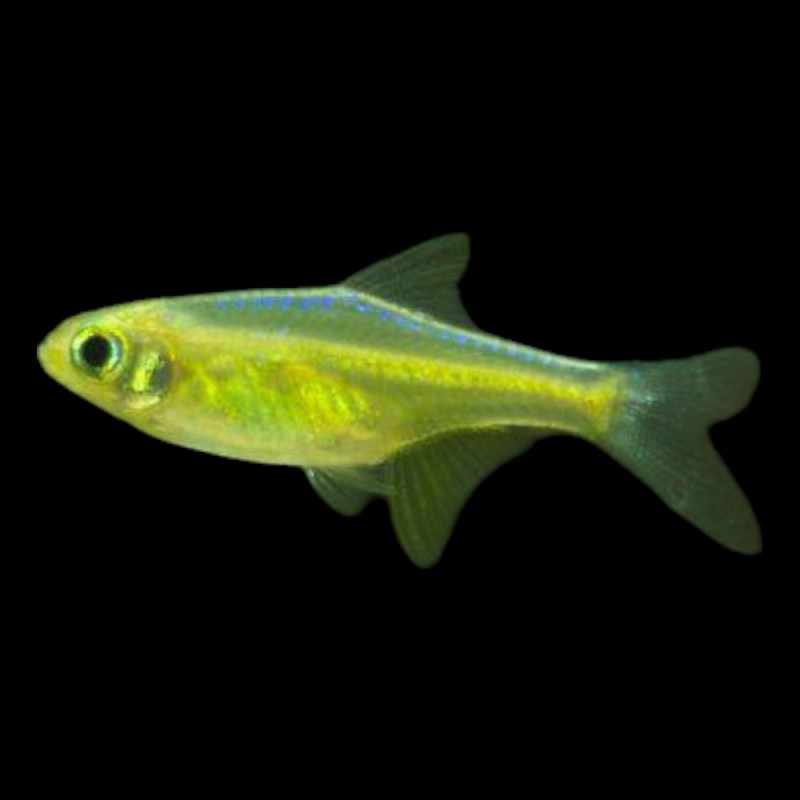




-800x800.jpg)
